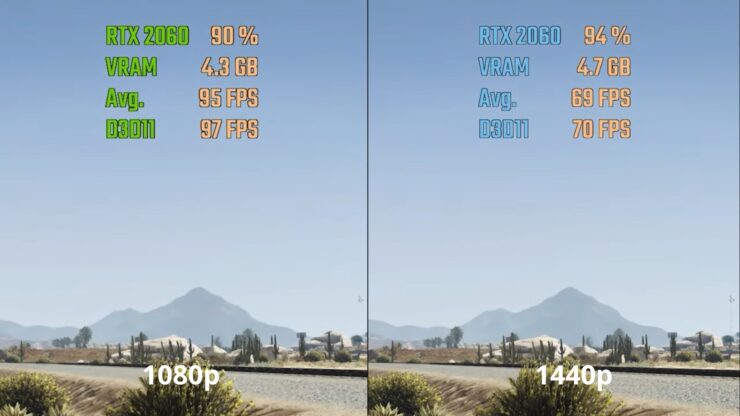Difference Between PG 13 and TV 14

As a movie or TV show enthusiast, you may have come across the terms PG-13 and TV-14. These ratings are designed to help viewers make informed decisions about what they watch, especially when it comes to content that may not be suitable for all ages. While both ratings indicate that parental guidance is suggested, there are some key differences between them that can impact your viewing experience. In this article, we’ll explore the nuances of the PG-13 and TV-14 ratings systems and help you understand which one might be more appropriate for you or your family.
Introduction
As a movie or TV show enthusiast, you may have noticed the different ratings assigned to them. The most common ones are PG-13 and TV-14. While they may seem similar, there are some key differences between them that can affect your viewing experience. Understanding these differences is crucial in deciding what content is appropriate for you or your family. In this article, we will explore the nuances of the PG-13 and TV-14 ratings and help you make informed decisions about what to watch.
The Ratings System
When it comes to understanding the difference between PG-13 and TV-14, it’s important to first understand the ratings system. Both PG-13 and TV-14 are classifications within the larger rating system that is used in the entertainment industry to give parents and viewers an idea of what they can expect from a particular movie or television show.
The ratings system was created by the Motion Picture Association of America (MPAA) in 1968 as a way to provide guidance for parents and protect children from inappropriate content. The TV Parental Guidelines were later introduced in 1997 by the Federal Communications Commission (FCC) as a way to extend this same guidance to television programming.
Both systems use similar criteria when determining their ratings, including violence, sexual content, language, drug use, and nudity. However, there are some differences in how these criteria are applied between PG-13 and TV-14 ratings. Understanding these differences can help you make informed decisions about what you or your children watch.
PG-13 vs. TV-14
When it comes to movie and television ratings, there are a lot of different categories to consider. Two of the most popular ratings for mature content are PG-13 and TV-14. While they may seem similar at first glance, there are some key differences between the two.
PG-13 is a rating used by the Motion Picture Association of America (MPAA) for films that may contain material that is not suitable for children under 13 years old. This can include violence, sexual content, and language that may be inappropriate for younger viewers. TV-14, on the other hand, is a rating used by the Federal Communications Commission (FCC) for television programs that may contain material that is not suitable for children under 14 years old.
One of the main differences between PG-13 and TV-14 is how they are applied. While PG-13 is primarily used for movies, TV-14 is specifically designed for television shows. This means that while a movie with a PG-13 rating may have some mature content, it will generally be less graphic or intense than a TV show with a TV-14 rating.
Another difference between these two ratings is how they are enforced. The MPAA has strict guidelines in place to ensure that movies adhere to their ratings system, while the FCC relies on broadcasters to self-regulate their programming based on their assigned rating.
Overall, both PG-13 and TV-14 serve as important tools for parents and viewers who want to make informed decisions about what they watch. By understanding these ratings and what they mean, you can better navigate the world of entertainment and find content that suits your preferences and values.
The Pros and Cons
When it comes to the PG-13 and TV-14 ratings, there are both advantages and disadvantages to consider. On one hand, these ratings provide parents with a general idea of what content their children may be exposed to. This can help parents make informed decisions about what movies or TV shows are appropriate for their family.
However, some argue that these ratings can be too broad and subjective. What one person considers acceptable for a 13-year-old may not align with another’s beliefs. Additionally, some argue that these ratings do not take into account the impact of violence or other mature themes on young viewers.
Overall, while the PG-13 and TV-14 ratings serve as a helpful guide for parents, it is important to remember that they are not foolproof. It is ultimately up to individual families to determine what content is appropriate for their children based on their own values and beliefs.
Conclusion
In conclusion, while both PG-13 and TV-14 ratings may seem similar on the surface, there are significant differences between the two. The ratings system is designed to help parents make informed decisions about what their children watch, but it is important to remember that these ratings are not foolproof. Ultimately, it is up to individual parents to decide what is appropriate for their children based on their own values and beliefs. While there are certainly pros and cons to both ratings systems, it is important to remember that they serve as a helpful guide rather than a strict rulebook. By understanding the differences between PG-13 and TV-14, we can all make more informed decisions about what we watch and how we choose to consume media.



